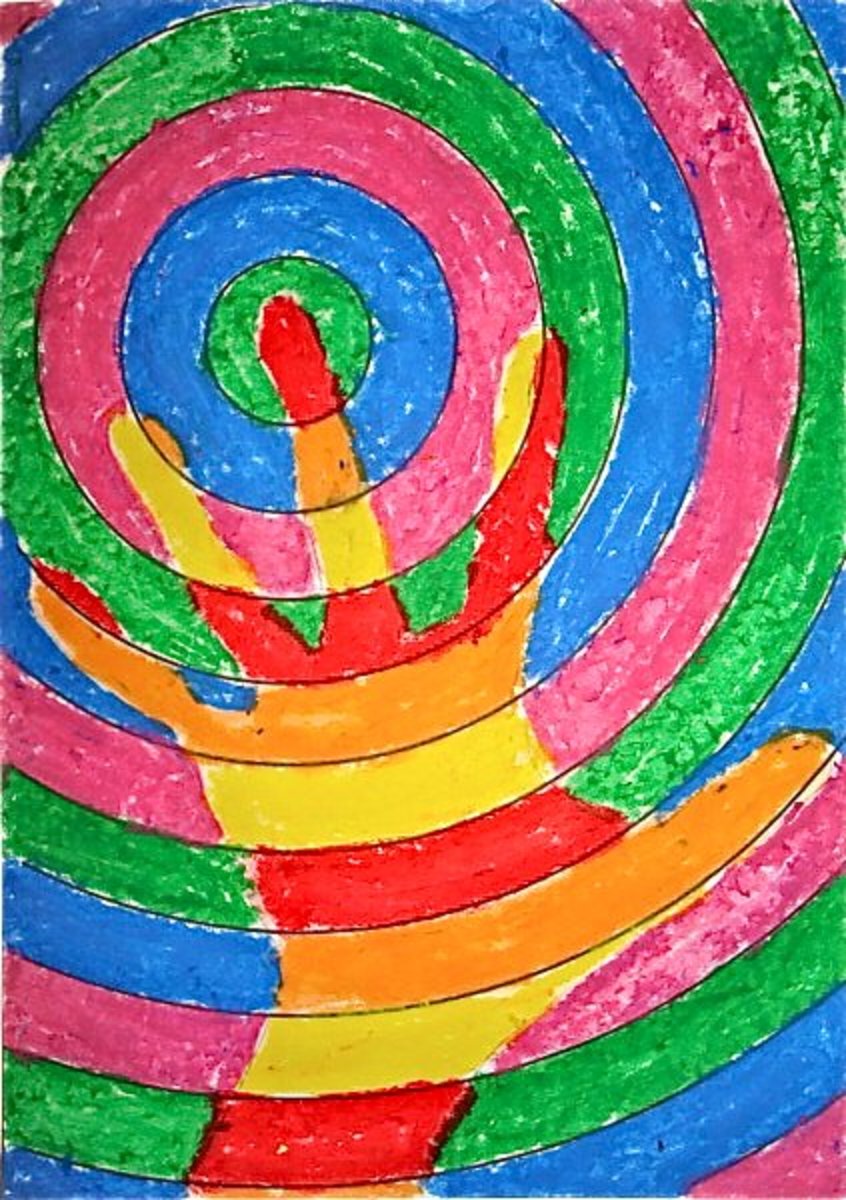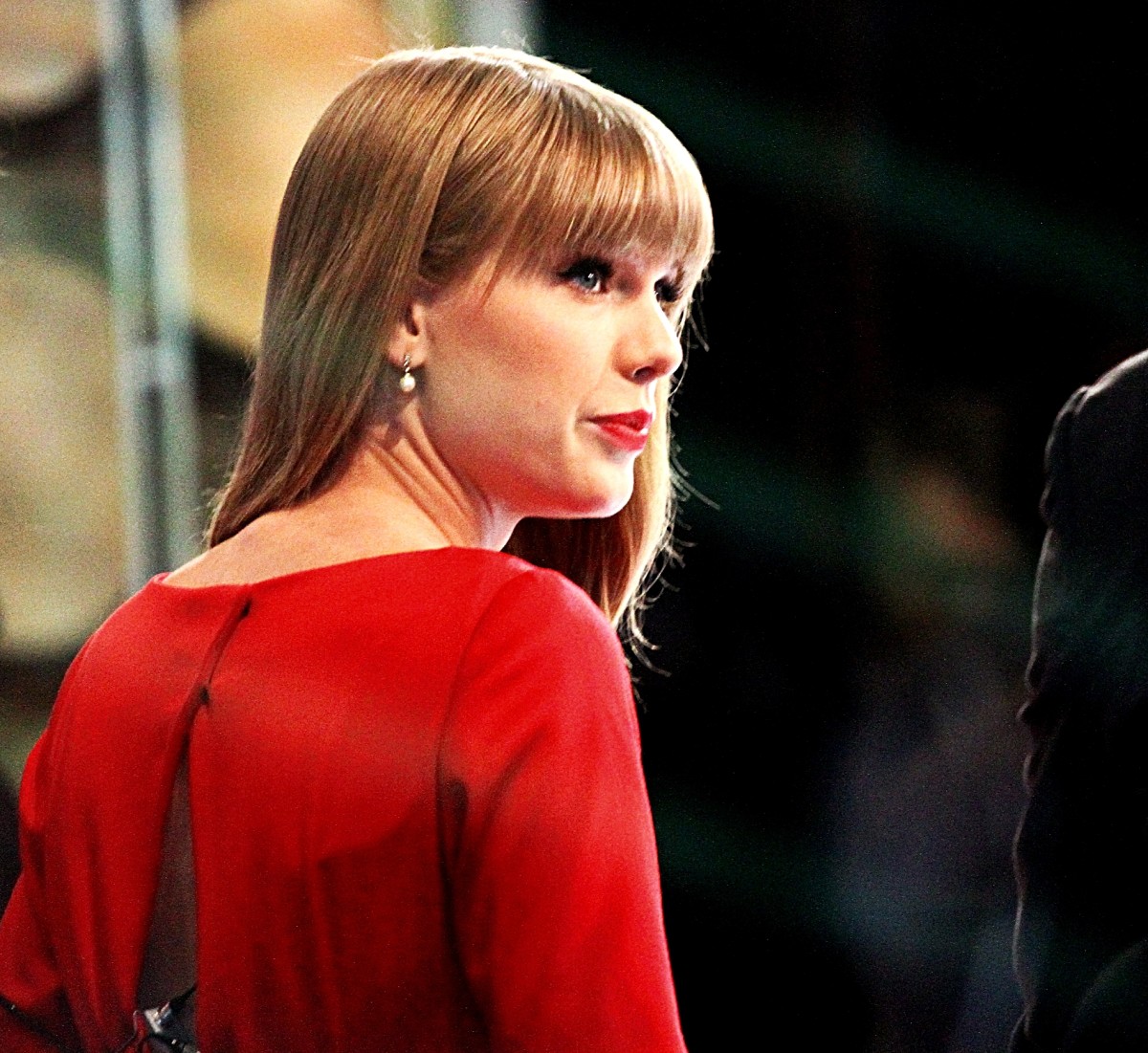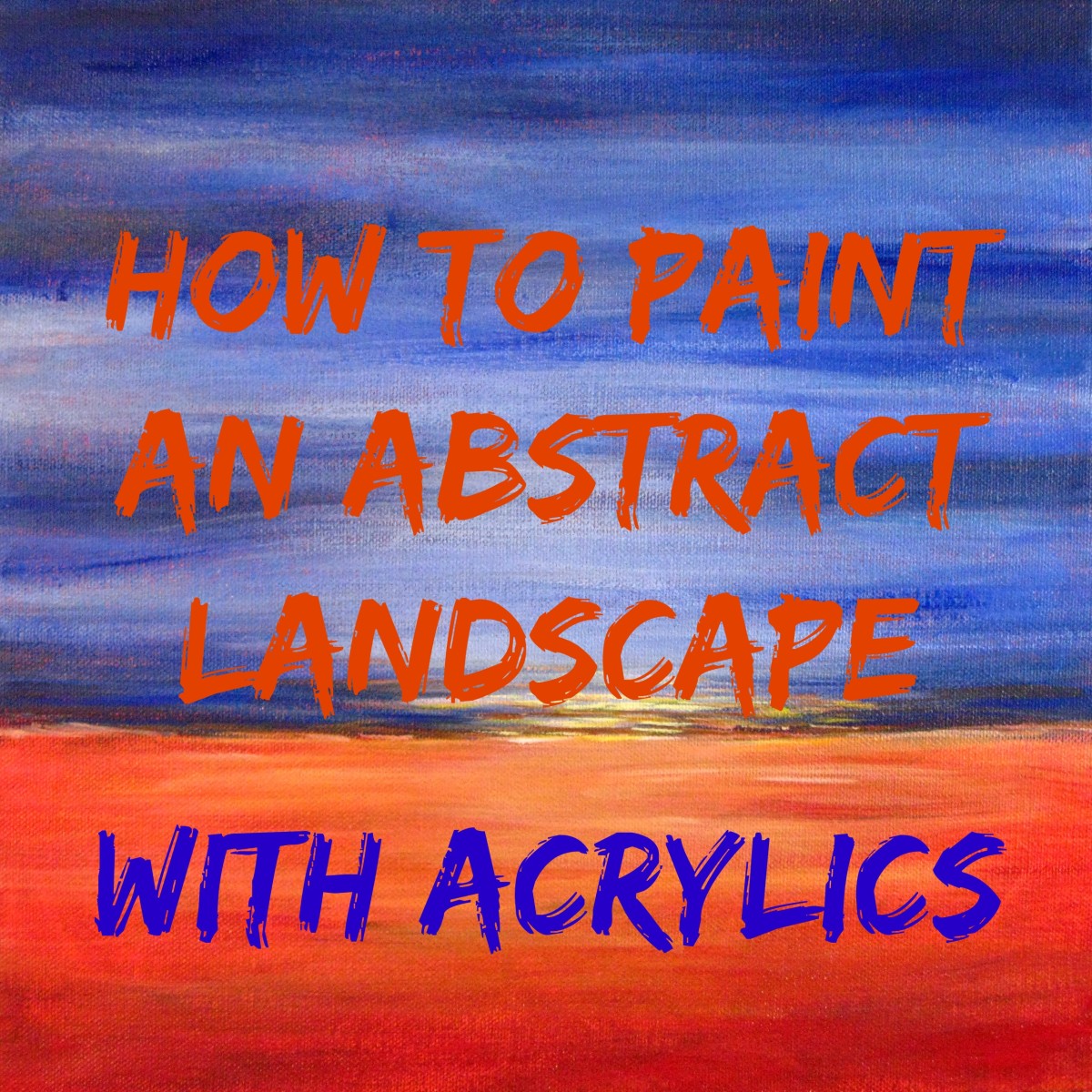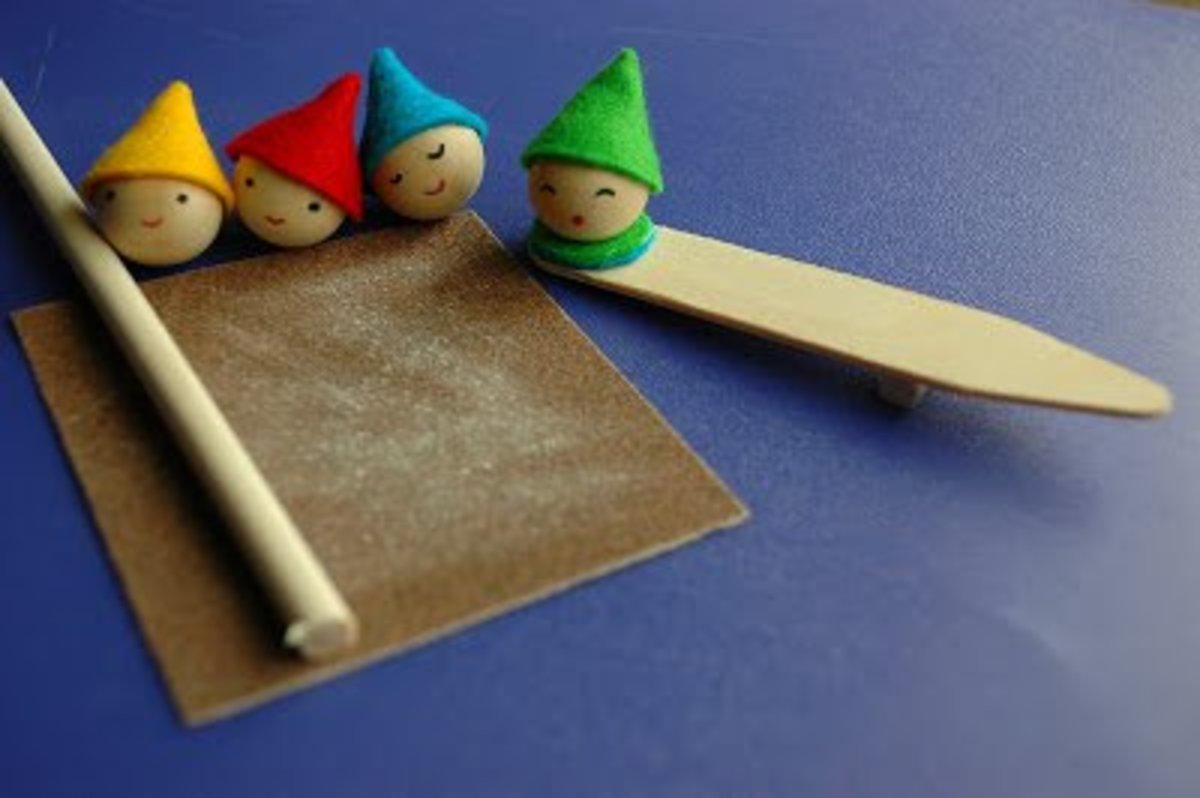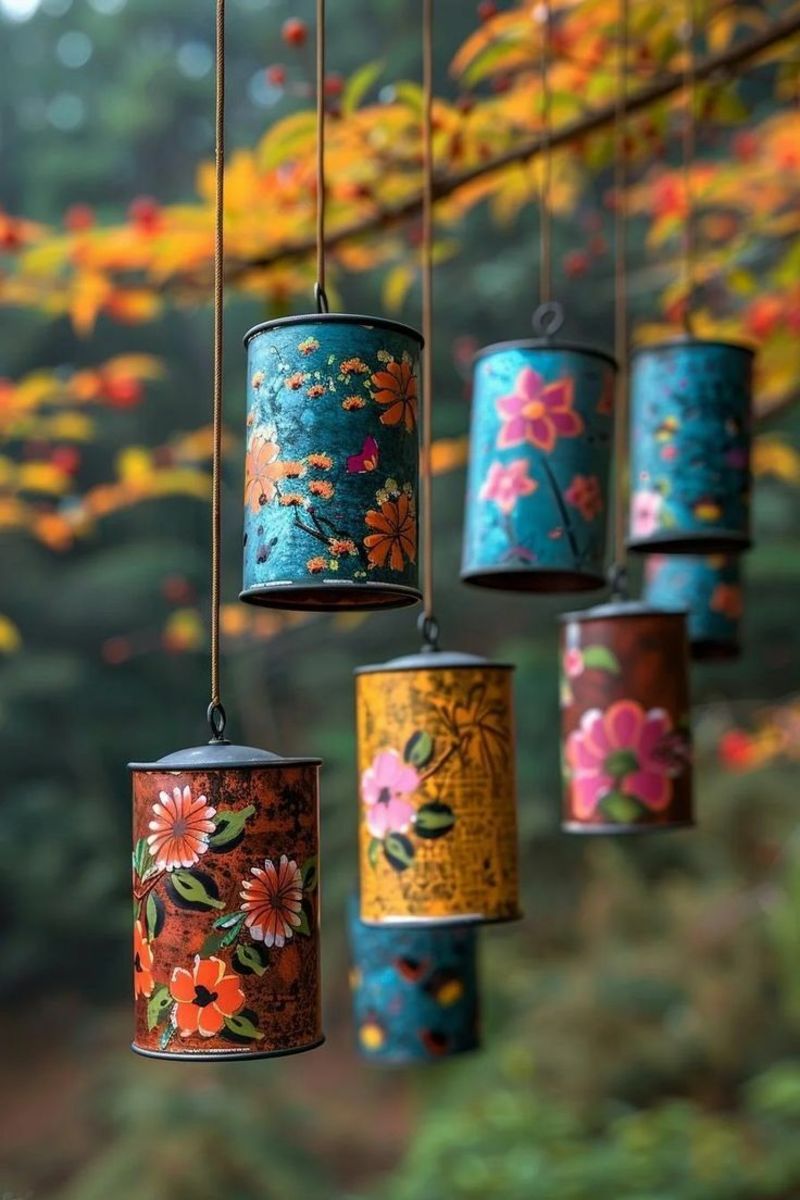The Marvelous World of Color
Color Theory
Have you ever been attracted to a painting because of its beautiful colors? Would you like to know the artist's secret to making such an impact? The secret is color theory. Color theory deals with color mixing, color complements, and color hues. In this article, I will attempt to simplify color theory for you and help you to make eye catching paintings.
Color Wheel
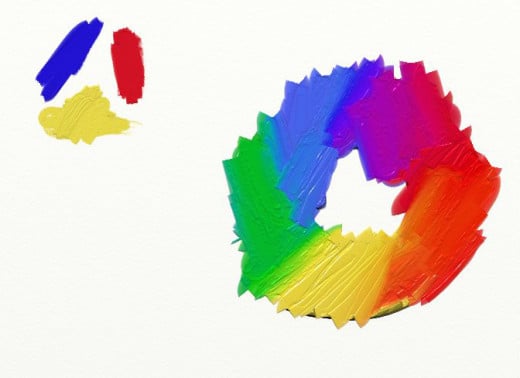
Primary Colors
All colors can be mixed from just three colors. These colors can't be mixed from any other colors and are called primary colors. They are red, yellow, and blue. Secondary Colors are formed by mixing the Primary Colors. They are green, purple, and orange. Mixing one of the Secondary colors with a Primary Colors gives you the Intermediate or Tertiary Colors. This produces red-orange, blue-green etc. and all the colors in between the Secondary Colors. You can form a color wheel by mixing the the primary colors in a circle. I've painted a Color Wheel in ArtRage 4 in the example above.

Complementary Colors
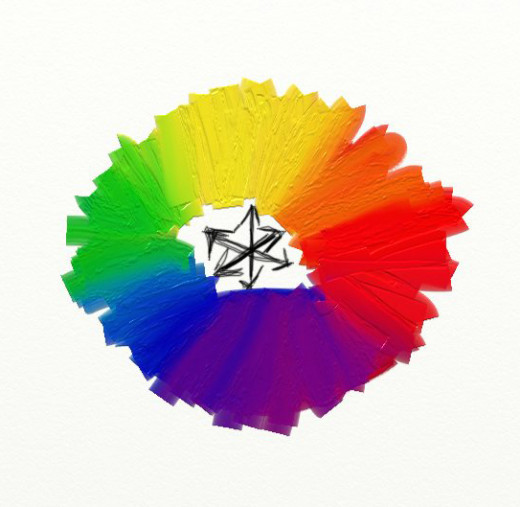
Complementary Colors
Colors that are opposite of each other on the color wheel are called complements. Red is the complement of green, blue is the complement of orange, and yellow is the complement of purple. When a color is mixed with its complement, the resulting mixture is a grey or brown color. This principle can be used to decrease the brightness of colors and make natural looking colors for landscapes, portraits etc. Also, when a color is placed beside its complement, the colors enhance each other in the painting.
An Excellent Color Mixing Book

Putting Complements into Your Paintings
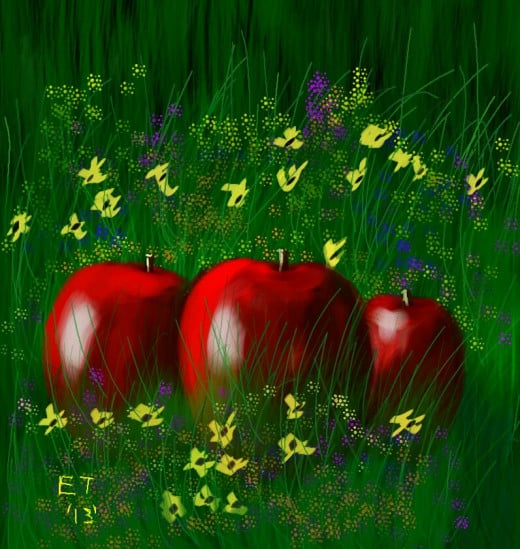
Applying Color Theory
Here is an example of applying color theory to a painting. Using Fresco Pro, an android painting app, I painted a picture of red apples in green grass. As you can see the green grass enhances the redness of the apples. I also accented the painting with yellow and blue flowers and added their complements with purple and orange flowers in the grass.
Another Great Book.

Cool and Warm Colors
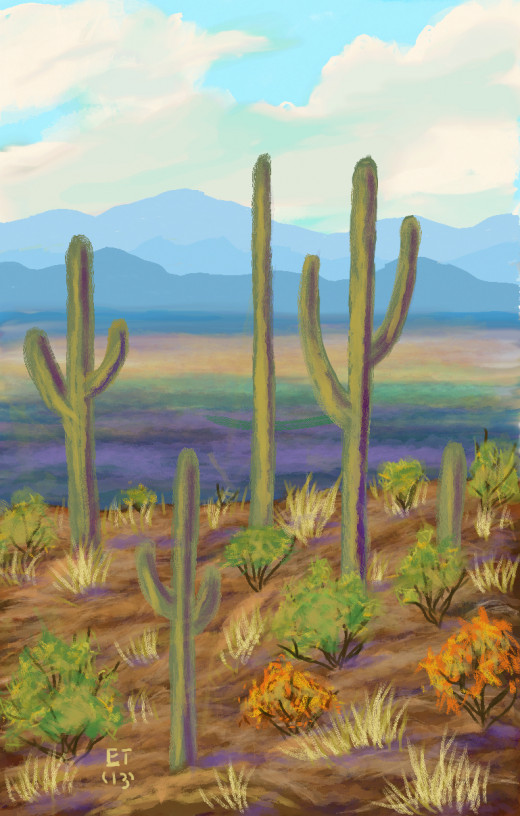
Cool and Warm Colors
When you divide the color wheel in half from purple to green, you get a group of cool colors and warm colors. The cool colors are blue, green, and purplish violet. The warm colors are red, orange, yellow, and reddish purple. Purple can be warm or cool depending on its hue. Cool colors appear to recede in a painting and warm colors seem to come forward. I have painted an example of this using the android painting app, Doodledroid. The painting above shows a desert scene. The cool colors of the blue mountains appear to recede into the distance while the warm earth tones in the foreground appear close to the viewer. Although the green on the cactus is a cool color, it has been warmed with highlights of yellow ochre.
Tint
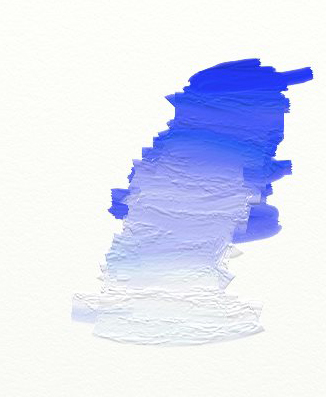
Tint
The tint of a color is determined by how much white is added to it. In the example above, I've taken blue and added white to it in different amounts. This gives a range from the original blue to a very light blue color. The image was created in ArtRage 4. So is white a color? Well, actually when you split white light through a prism, it creates a rainbow. So white is actually all colors.
Shade
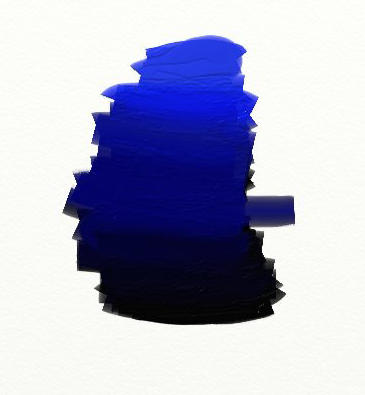
Shade
The shade of a color is determined by how much black is added to a color. In the example above the color ranges from the original blue to a dark bluish black. This example was also created in ArtRage 4. Lots of people say that black is not a color, but when you mix all colors together you can make black. So black is also all colors.
Hue
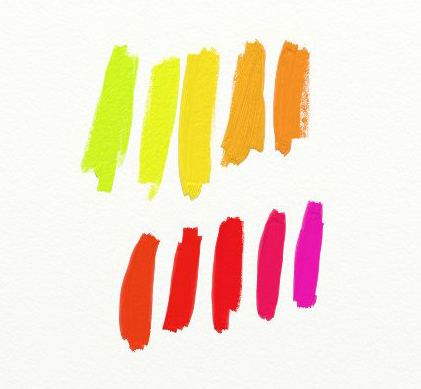
Hue
Hue is another word for color and can be associated with a group of colors that has one base color in common. For example, colors can have a yellowish hue or reddish hue as you can see in the example above.
Tone
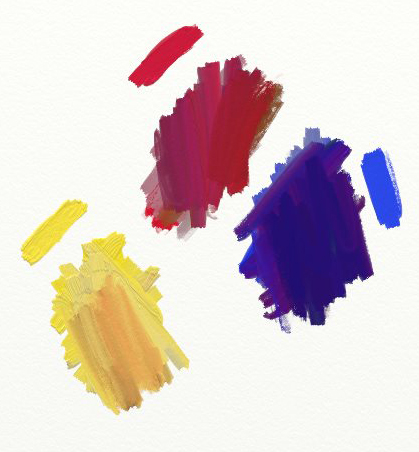
Tone
The tone of a color can be determined by adding another color to it such as grey or brown. In the examples above, I added gray and brown. It changed the colors into darker and less intense versions. Also, something to keep in mind when mixing colors is that different mediums will mix colors differently. For example, watercolor mixtures may come out greyer and acrylic mixtures may be browner. Digital programs will come very close to natural mixtures but may not be quite the same. You just have to experiment with your medium and see what happens.
Analogous Colors
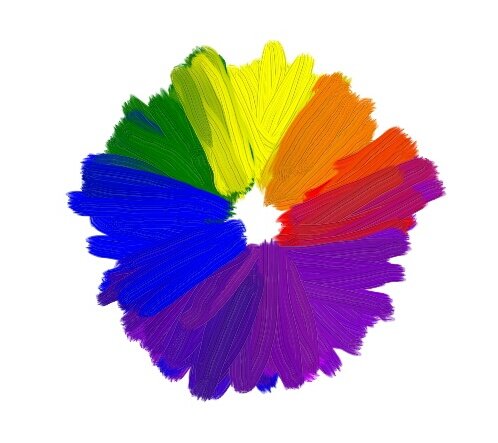
Analogous Colors
Analagous colors is just a fancy way of saying the colors on the wheel next to each other. For example, analagous colors to red would be orange and yellow.
Value
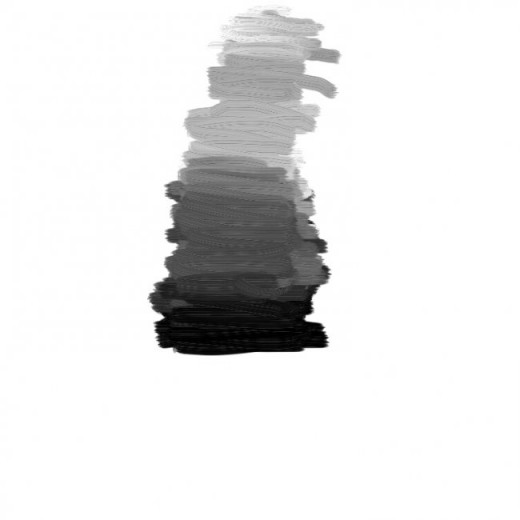
Value
Value is the range of light and dark in a color. A very simple example is black and white and all the values of grey in between.
Example of Values in a Painting
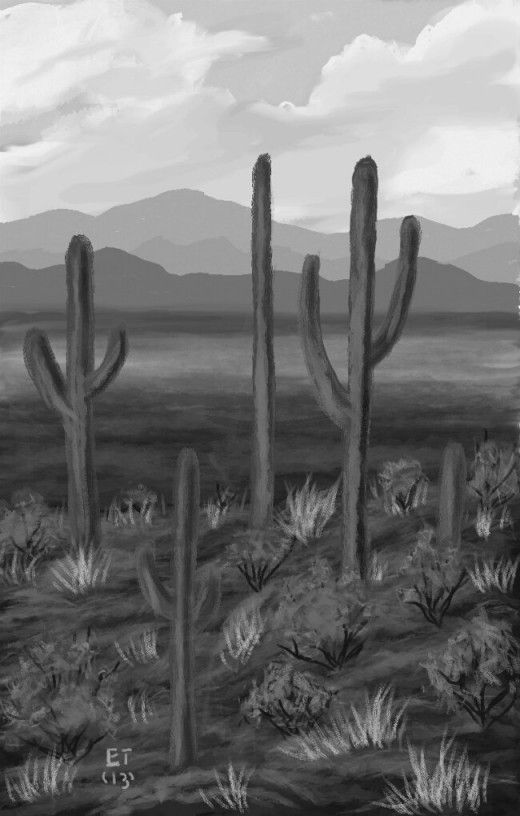
An Example of Value
Here is an example of values in a painting. I have converted my desert picture to black and white using the android app, Snapseed. Looking at a picture in black and white can help you see values without being distracted by color. You can clearly see the range of light and dark in this painting starting with the light clouds and ending with the dark twigs of the bushes.
Summary
I hope some of these basic color theory principles will help you with your paintings. I have just tried to cover the basics of color, but there are whole books dedicated to color which are fascinating to read and can offer more of an in depth study. I have listed some of my favorite color books in this lesson.
James Gurney


